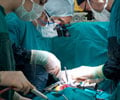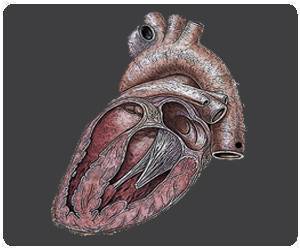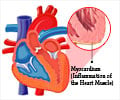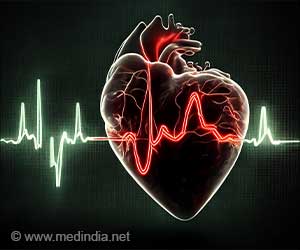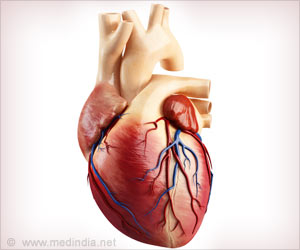A 50cc SynCardia temporary total artificial heart is a smaller investigational version designed specifically for people with smaller chest cavity.

The 50cc SynCardia temporary Total Artificial Heart is a smaller investigational version of the 70cc SynCardia heart and is still an experimental device. The larger version was approved for use by the Federal Food and Drug Administration in 2004 and has been used by more than 1,440 patients worldwide.
The 50cc device is designed for smaller patients, including most women and adolescents, with end-stage biventricular heart failure, where both sides of the heart are failing to pump enough blood to sustain the body.
Nemah Kahala, a wife and mother of five, was suffering from restrictive heart disease in which the walls of the lower chambers of the heart (the ventricles) are abnormally rigid and lack the flexibility to expand as the ventricles fill with blood. She was critically ill and was placed on a life support system called extra corporal membrane oxygenation, but this only works for about 10 days before a person’s organs begin to deteriorate.
While she waited for a heart transplant, doctors needed to buy time by replacing Kahala’s failing heart with an artificial heart. Her chest cavity was too small for her to receive the larger 70cc artificial heart. So, under a one-time emergency use permitted under FDA guidelines, her doctors were able to implant the experimental 50cc device.
“Mrs. Kahala’s condition was deteriorating so rapidly that she would have not survived while waiting for a transplant,” said her surgeon, Dr. Abbas Ardehali, a Professor of cardiothoracic surgery and Director of the UCLA Heart and Lung Transplant Program. “We were grateful to have this experimental technology available to save her life and help bridge her to a donor heart.”
Advertisement
Two weeks after the total artificial heart surgery, was on physical therapy and prepared to be strong enough to be placed on the heart transplant list. After a week of waiting, a donor heart was found.
Advertisement
Source-Medindia

